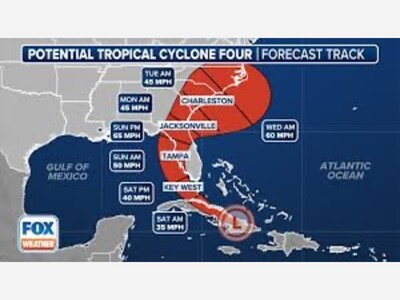The Kola Superdeep Borehole: A Journey into Earth’s Depths
The Kola Superdeep Borehole is a remarkable scientific achievement that took place in the Pechengsky District, near the Russian border with Norway, on the Kola Peninsula. Here are the key details:
The Soviet Union initiated this ambitious drilling project in 1970 with the goal of penetrating as deep as possible into the Earth’s crust. The primary objective was to gain insights into the Earth’s composition, structure, and geophysical properties.
Drilling began on May 24, 1970, using the Uralmash-4E drilling rig, which was originally designed for oil wells. Later, a purpose-built rig called the Uralmash-15000 was installed on-site, specifically designed to reach a depth of 15,000 meters (49,000 feet).
The boreholes were drilled by branching from a central hole, resulting in a network of interconnected shafts.
In 1989, the Kola Superdeep Borehole reached an astonishing depth of 12,262 meters (40,230 feet). This depth remains the deepest man-made hole on Earth and holds the record to this day.
In terms of true vertical depth, it remains the deepest borehole globally.
During the drilling process, scientists collected valuable data on rock formations, temperature gradients, seismic activity, and other geological phenomena. The borehole provided critical information about the Earth’s crust and upper mantle.
Drilling faced numerous challenges, including extreme temperatures, high pressures, and technical difficulties.
In 1984, a section of the drill string broke off at a depth of 12,066 meters (39,587 feet), leading to a temporary halt in drilling.
Despite setbacks, the project continued, and drilling resumed in 1986.
The Kola Superdeep Borehole remains a testament to human curiosity and scientific exploration.
For two decades, it held the title of the world’s longest borehole in terms of measured depth along the well bore.
In 2008, it was surpassed by the Al Shaheen Oil Well in Qatar, which reached a length of 12,289 meters (40,318 feet). The project officially closed in the mid-1990s due to financial constraints and technical challenges.
The borehole was sealed, but its legacy lives on as a symbol of scientific ambition and perseverance.












